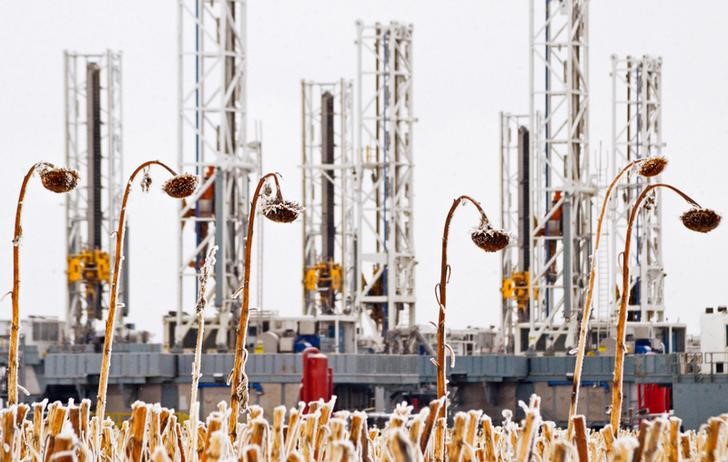QEWC shareholders approve board’s dividend proposal

The first phase of the largest solar energy project in the region in terms of size and capacity – Siraj (Solar PV Power Plant with a total capacity of 800MW) will be completed in April, 2021
at Al-Kharsaah
The ordinary general assembly of Qatar Electricity and Water Company (QEWC) yesterday approved the recommendation of the board of directors to distribute cash dividends to shareholders for the fiscal year 2019, at 77.5% of the nominal value of the share.
HE the Minister of State for Energy Affairs and chairman of QEWC’s Board of Directors, Saad bin Sherida al-Kaabi said the electricity and water sector contributed to supporting the Qatari economy through “continuous co-ordination and co-operation” between the Qatar Electricity and Water Company and the Qatar General Electricity and Water Corp (Kahramaa).
The minister noted that QEWC is keen to implement all necessary projects in accordance with the best specifications to keep pace with the country’s needs. The focus is on raising the efficiency of the performance of its existing plants in line with local and international environmental standards.
He said QEWC completed several projects during 2019, the most important of which was the ‘Umm Al Houl Energy’ project, which is currently operating at full capacity.
The first phase of the largest solar energy project in the region in terms of size and capacity – Siraj (Solar PV Power Plant with a total capacity of 800MW) will be completed in April, 2021 at Al-Kharsaah.
Al-Kaabi said Qatar General Electricity and Water Corp will purchase energy produced by Siraj. The project is an embodiment of Qatar’s efforts to diversify energy sources and enhance the efficiency of renewable energy, which is an important element for a sustainable future for future generations, in line with Qatar National Vision 2030, launched and sponsored by His Highness the Amir, Sheikh Tamim bin Hamad al-Thani.
In order to diversify the sources of income through foreign investments, Qatar Electricity and Water Company through Nebras Energy Company seeks to increase its investments in global markets by obtaining distinct rates in a number of energy projects outside the country.
In all, 14 such investments have been made in seven countries around the world.
And in terms of developing the human resources, QEWC works to enhance efforts to develop the national cadre, and increase the number of Qataris in the company and its subsidiaries.
He noted that in 2019, the company achieved a lower percentage of profits than previous years, due to some old stations ceasing operations and investing in building alternative stations.
QEWC had posted a net profit of QR1.41bn in 2019, down 8% on 2018. The earnings per share stood at QR1.29.
QEWC general manager and managing director Fahad Hamad al-Mohannadi spoke about the company’s projects and future plans.
He also spoke about QEWC’s thrust on developing the Qatari workforce in the company and its subsidiaries.
It works in co-operation with accredited universities, institutes and training centres at home and abroad with the aim of developing and training Qatari employees.
Currently, the company’s Qatarisation rate stood at 24%.
Al-Mohannadi highlighted QEWC’s focus on safety in its operations and said it clocked very high rating in this respect.








